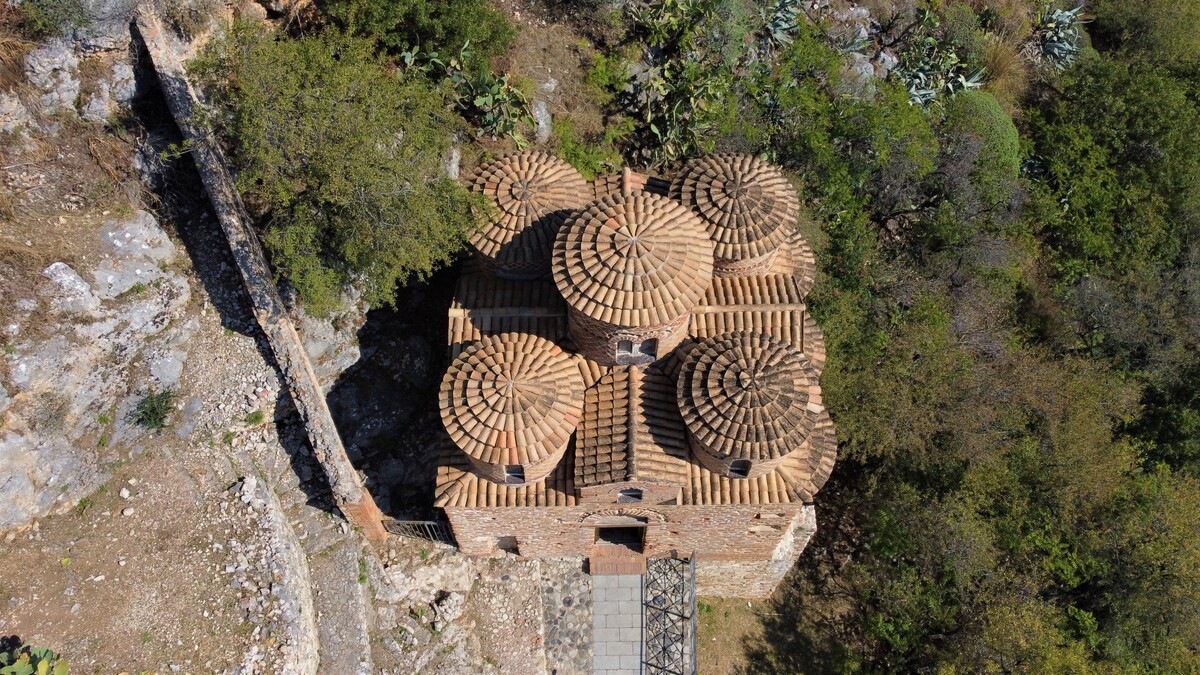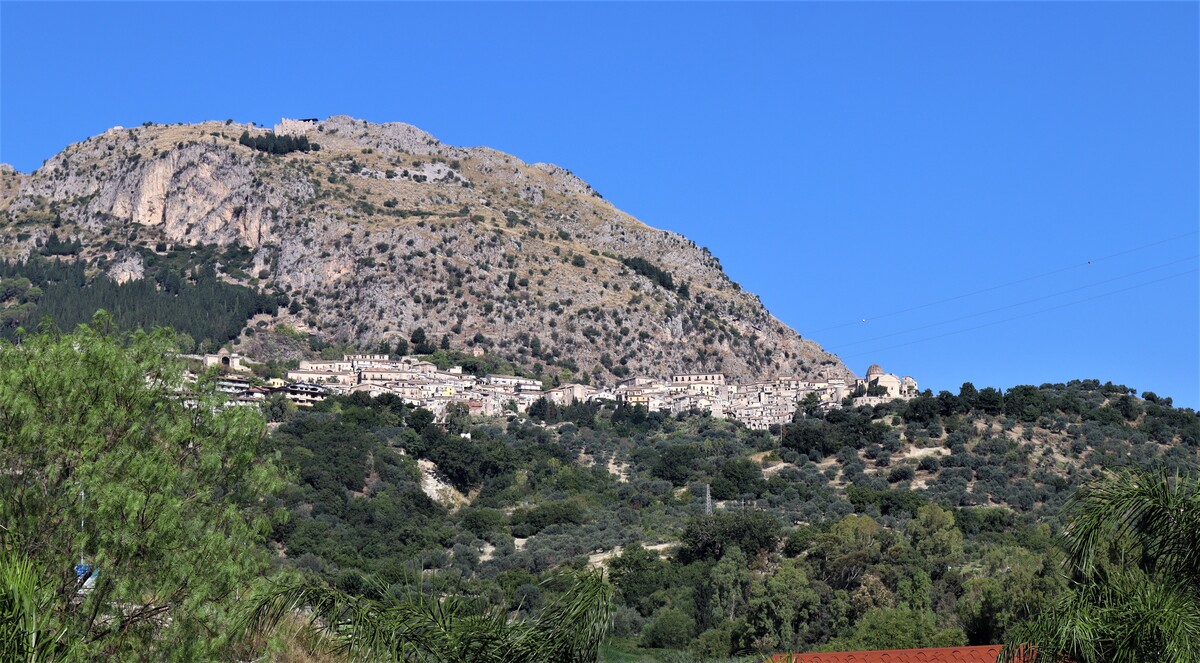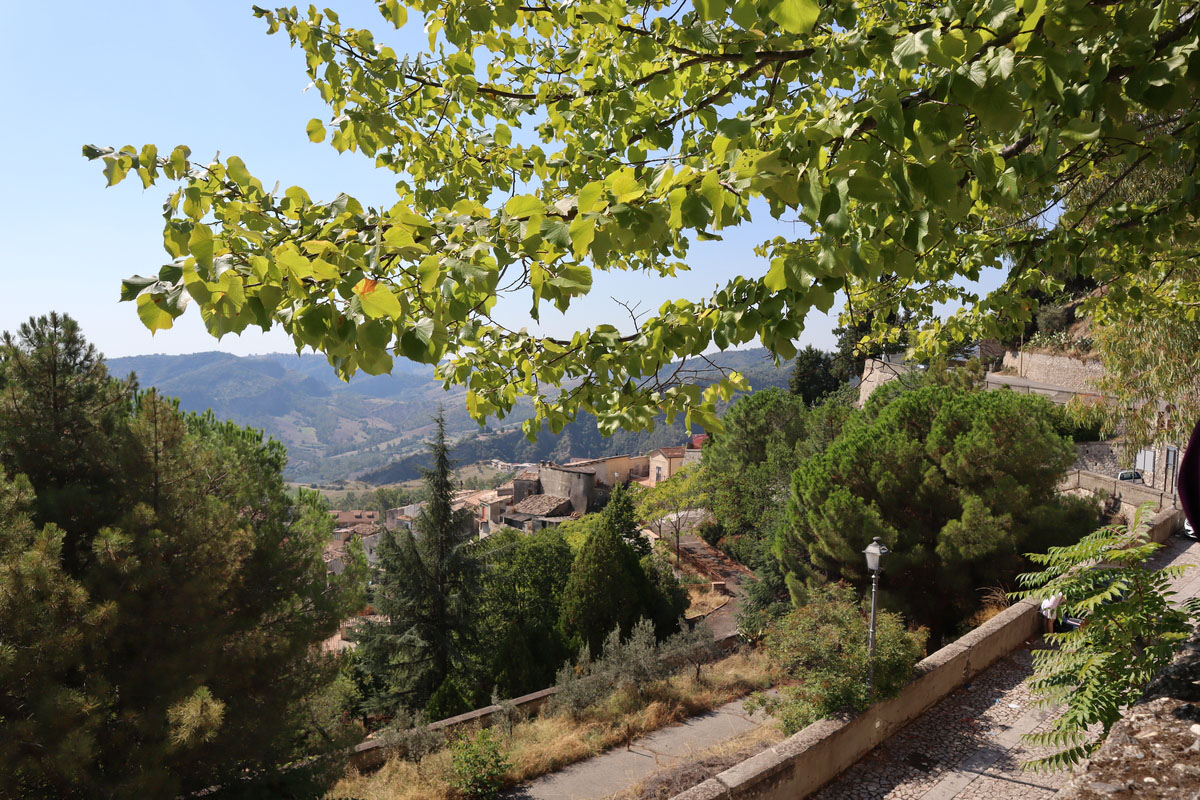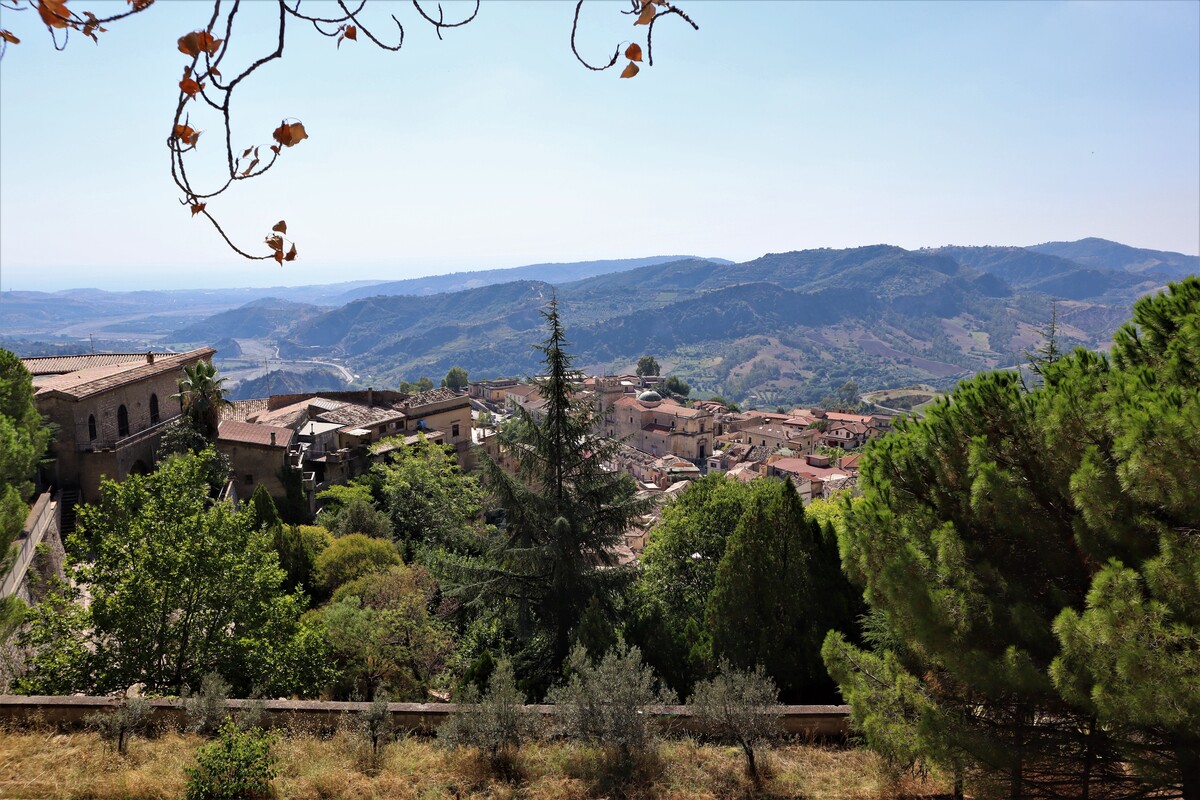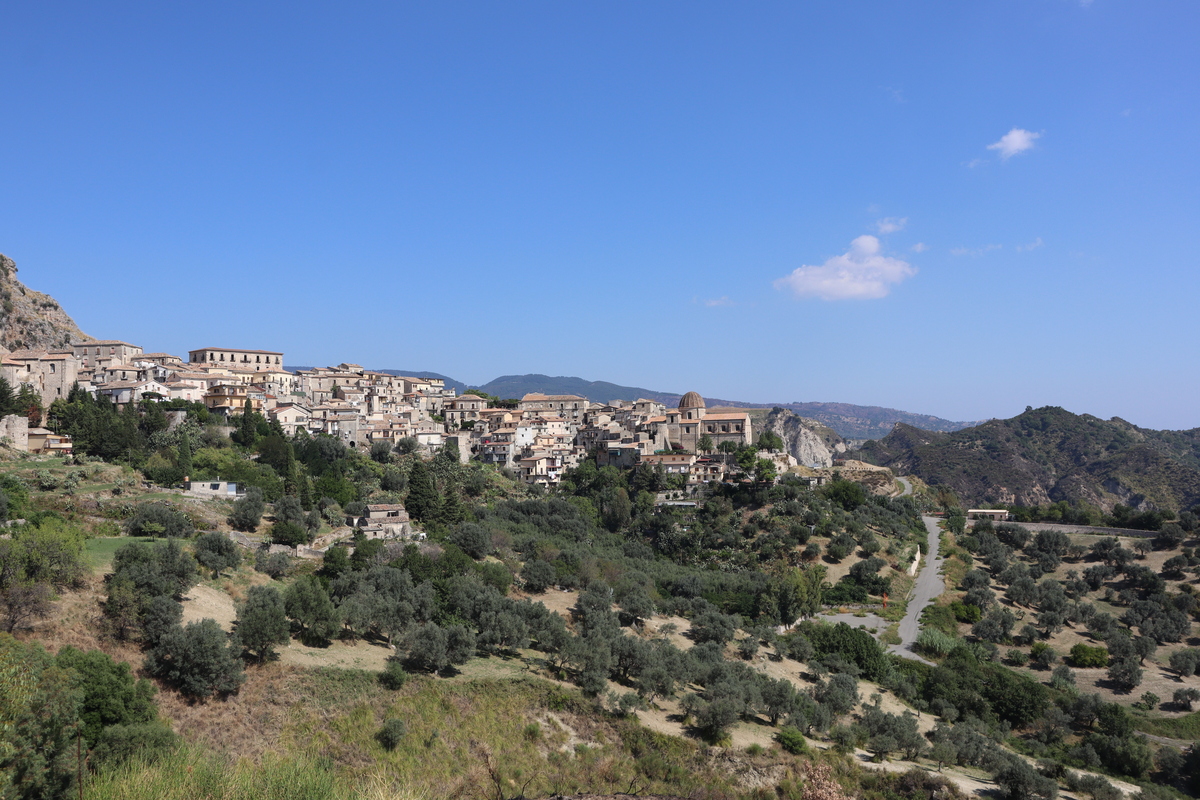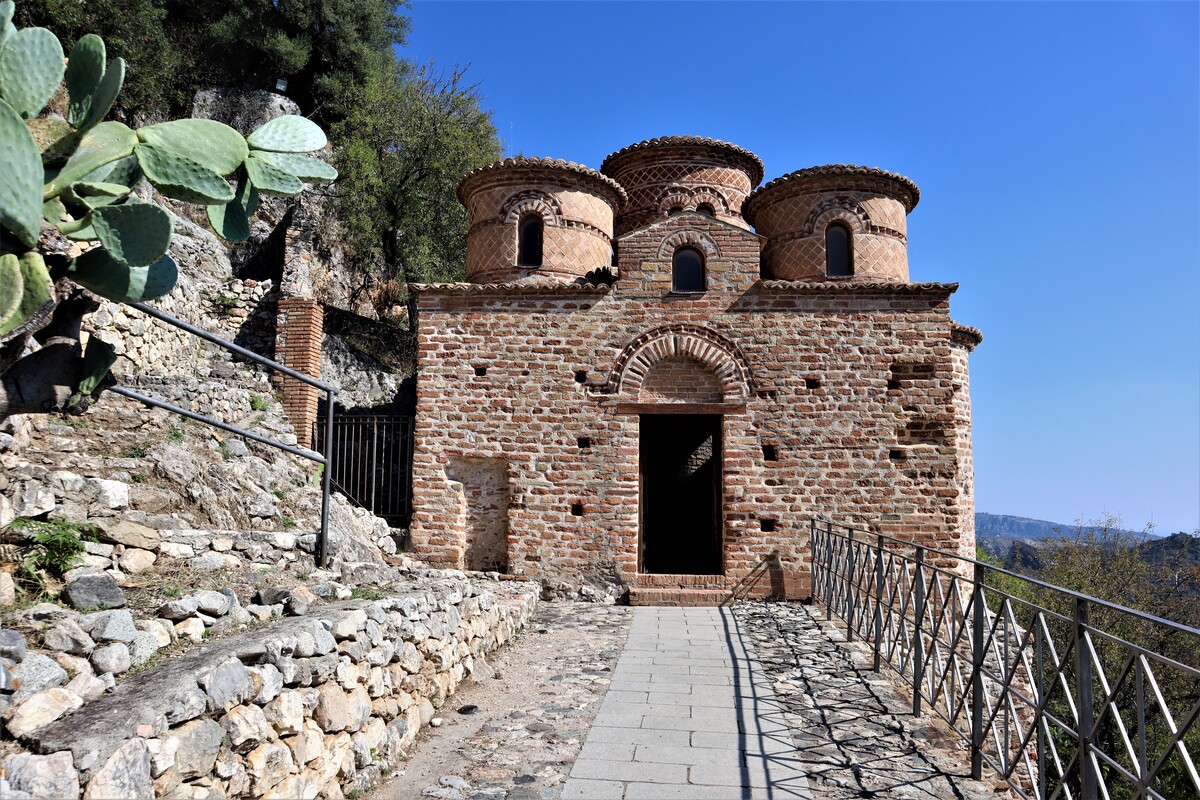Stilo, between history and legend
It is thought that Stilo in the past was none other than ancient Kaulonia, the city of Magna Graecia founded on the coast and destroyed in 389 BC by Dionysius the Elder. After being reconquered by the Romans and once again devastated this time by the Carthaginians, the inhabitants of Stilo moved inland, first to the top of Capo Stilo and then to the foot of Monte Consolino.
Stilo then became an important Byzantine centre, and then passed under the dominion of the Swabians, the Angevins, the Aragonese and the Bourbons.
An amusing legend hovers over this enchanting Calabrian village and refers to the time when Stilo was besieged by the Turks: they decided to bring the inhabitants to surrender, confined within the walls of the town, preventing any supply. The Stilesi then, at the invitation of a valiant warrior, decided to deceive the besiegers with a stratagem: they used the milk of women who had just given birth to create red-hot ricotta balls to throw at their enemies. The latter, faced with this apparent waste of food, believed that since the city had food supplies, it would not soon surrender and abandoned all desire for conquest.
The historic centre of the village
The historic centre of Stilo is a small jewel that enchants with its ancient churches, elegant noble palaces, stone houses leaning against each other, hidden gardens and intimate courtyards: walking through its alleys is like losing yourself in a medieval village suspended in time, sublimated by the walls dotted with towers, on which the Porta Reale and Porta Stefanina open. The Dolphin Fountain, otherwise known as the Gebbia fountain, depicts two dolphins crossing each other and symbolises the alliance between the Arabs and the Byzantines, which proved invaluable in driving Otto II of Germany out of the territory.
Among the most beautiful churches in Stilo are the 17th-century Church of San Domenico, located near Porta Stefanina, the Baroque Church of San Francesco and the beautiful Cathedral of All Saints. This is a 14th-century church of early Byzantine origin, restored after the 1783 earthquake: from the outside, stones can be seen at the bottom that seem to belong to the pagan mausoleum on which the church was built. Inside there is an 18th century crucifix, a wooden statue of St Vitus and an altarpiece by Battistello depicting the Virgin and Child with Saints.
The symbolic monument of Stilo: La Cattolica
The undisputed symbol of Stilo is undoubtedly the Byzantine church La Cattolica: like the entire village, it stands on the slopes of Mount Consolino and was built between the 10th and 11th centuries by Basilian monks who initially settled in the laure, caves dug into the rock. The name of this striking building derives from the Greek word Katholikon, which suggests that it belonged to some sort of monastic complex, probably the Monastery of the Assumption.
The Byzantine and oriental style is clearly visible on the outside, thanks to the chromatic variety and the five domes that surmount the cubic structure.
Inside, there are striking frescoes depicting warrior saints, a 16th-century bell decorated with a relief of the Madonna and Child and columns with Corinthian and Gothic capitals. If you pause on the first column on the right, you will also notice an inscription probably left by the monk Paolo, which speaks of an apparition that took place on nearby Aspromonte.
Below the Cattolica di Stilo is the house, now a museum, of Tommaso Campanella, the 17th century philosopher writer whose most important work is undoubtedly "The City of the Sun". A bronze statue in Piazza Carnovale is also dedicated to the man of letters.
Before leaving Stilo, it is advisable to stop for lunch to taste the typical local dishes, from pecorino cheese to dried tomatoes, to pork soppressata and the famous cumbitè olives in brine.
What to see in the surroundings of Stilo
Just outside the historical centre of Stilo is the Norman Castle, built in 1072 at the behest of Roger the Norman and later enlarged by the Angevins. After being destroyed in the 16th century by the French during the battle against Charles V, a few walls and crumbling towers remain of the ancient fortress. What makes it spectacular is above all the panoramic position in which it is located, with a view as far as the Ionian Sea.
In Bivongi, a little less than 5 km away, there is the beautiful Abbey of San Giovanni Therestis: the pink and grey granite portal leads to the interior, which houses a beautiful painting of the Virgin Blessing the Child held up by her right hand, made in the 12th century.
In nearby Monasterace Marina, you can visit the remains of ancient Kaulon, founded in VII BC by the Achaeans: in particular, the remains of the Doric Temple from the 5th BC and the Casa Matta spa building are visible. The spectacular mosaic of the sea dragon found in the latter building is now housed in the Museum of Monasterace.


